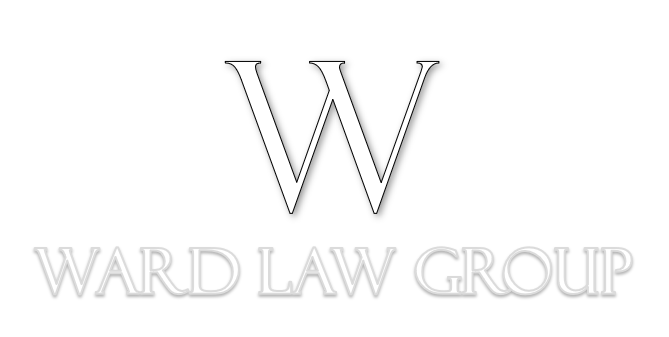A mark is a word, phrase, logo, design, sound or other manner of identifying and distinguishing the source of particular goods or services. Popular examples of marks include the multi-colored Google logo, the Nike “swoosh” symbol and the McDonald’s golden arches. It is apparent from these examples that marks can represent the most valuable assets of a business—its brand and goodwill.
Marks can be protected under both state and federal law. In order to qualify for protection, they must be sufficiently distinct. In making this determination, marks are categorized into the following levels of distinctiveness:
- Generic Marks: generic marks just restate the common term for the relevant goods or services (e.g. “Apple” for apples). They are not protected under the law.
- Descriptive Marks: descriptive marks refer to some aspect of the relevant goods or services. They must meet an additional hurdle (secondary meaning) in order to qualify for protection.
- Suggestive Marks: suggestive marks imply some characteristic of the relevant goods or services (e.g. “Best Buy” for electronic and appliance retail services). They qualify for protection.
- Arbitrary/Fanciful Marks: arbitrary or fanciful marks are either made up or used in a manner that has nothing to do with the common meaning of the relevant goods or services (e.g. “Apple” for computers or “Starbucks” for coffee). They qualify for protection.
Marks need not be registered in order to obtain protection, but with registration, especially at the federal level with the United States Patent and Trademark Office (USPTO), come expanded rights. In order to qualify for USPTO registration, a mark must be used in interstate commerce, be sufficiently distinct and meet other USPTO requirements during the application process. The advantages of registration on the USPTO’s principal register include the following:
- The mark is presumed to be valid (you do not have to establish validity in an infringement action prior to proceeding).
- The registrant is presumed to be the owner of the mark and the mark can become incontestable (i.e. most of the defenses to infringement would no longer be available to defendants).
- The registrant can pursue an infringement action in federal court (and potentially obtain attorney’s fees and statutory damages).
- The registrant could seek registration in foreign countries.
- The registrant has the ability to prevent importation of infringing products.
Two primary reasons applications are rejected by the USPTO are likelihood of confusion and mere descriptiveness. In short, these rejections relate to the mark’s failure to be sufficiently distinct, either in light of other registered or applied-for marks or in light of the relevant goods or services.
First, the trademark examiner will refuse to register a new mark in the event that there would be a likelihood of confusion with a registered mark. In making this determination, the examiner will look at certain factors such as similarity of the marks and similarity of the goods/services in order to determine whether there is potential for confusion as to the source of the particular goods or services. The marks and the goods/services need not be identical.
Second, the examiner will refuse to register a mark if it is “merely descriptive” of the goods/services it represents (e.g. “Football Doctor” for a medical professional who specializes in football injuries) or primarily geographically descriptive of the origin of the applicable goods/services (e.g. “Minneapolis Glass” for glass manufactured in or around Minneapolis). However, if a mark has acquired secondary meaning either by having been continuously used in commerce for a period of five years or more or meeting certain other qualifications, this would provide a presumption of acquired distinctiveness and thus weigh against a merely descriptive finding.
The above highlights the importance of due diligence and consultation during the branding process. Identifying a conflicting mark early on can save a significant amount of time and resources on marketing and rebranding down the road. This is further underlined by the fact that a federally-registered mark can essentially be protected in perpetuity as long as the applicable maintenance and renewal documents are timely filed with the USPTO and rights are not otherwise lost. This type of longevity is incredibly beneficial and is not afforded to certain other intellectual property rights such as patents or copyrights.
For more information and for assistance in selecting or protecting your marks, please contact Joshua R. Ward at 952.653.2621 or jward@wklawfirm.com.

